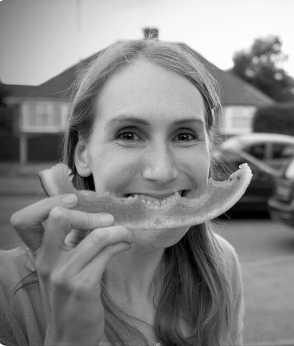Metals & Non-metals
Metallic and Non-Metallic Character of the Elements
- The elements can be divided into two broad types: metals and non-metals
- Atoms of different elements which do not have a full outer shell of electrons, can try to achieve a full outer shell by gaining or losing electrons in chemical reactions - this leads to the formation of ions
- An ion is an atom or molecule which has become charged through the loss or gain of one or more electron(s)
- Remember -the number of protons does not change
- Metals will form positive ions when they react because they lose electrons. The atom ends up with fewer negatively charged electrons but still the same number of positively charged protons. This leaves it as an ion with an overall positive charge
- Non-metals will form negative ions when they react because they gain electrons. The atom ends up with more negatively charged electrons but still the same number of positively charged protons. This leaves it as an ion with an overall negative charge
- Most of the elements are metals and a small number of elements display properties of both types
- These elements are called metalloids or semi-metals
- The metallic character of the elements decreases as you move across a Period on the Periodic Table, from left to right, and it increases as you move down a Group
- This trend occurs due to atoms more readily accepting electrons to fill their valence shells
Exam Tip
You need to remember the terms for positive and negative ions in many chemistry topics. One way to do this is to use the following phrases:
Positive ions are called cations - 'CATions are PAWsitive'
Negative ions are called anions - 'ANions are A Negative ion'
The Characteristic Properties of Metals and Non-Metals
A Summary of the General Properties of Metals & Non-metals

Atomic Structure and Position on the Periodic Table
- The metals that are further to the left on the Periodic Table do not have as many electrons in their outer shells as the non-metals on the right of the Periodic Table
- As you descend any group, the outer shell electrons become further away from the nucleus due to increasing atomic size as more shells of electrons are present
- This weakens the attraction between the outer shell electrons and the nucleus
- The further down the group an metallic element is, the more easily it can react by losing its outer electron(s)
- The further down the group a non-metallic element is, the harder it is to react as it is more difficult to attract extra electrons and therefore gain electrons to obtain a full outer shell
- This is a key difference between metals and non-metals and influences their chemical behaviour
- It also clearly illustrates the important link between an element's atomic number and the position on the Periodic Table upon how it reacts
Exam Tip
The number of outer electrons an atom has is linked to its position in the Periodic Table.
Group 1 elements have one outer shell electron, Group 2 have two outer shell electrons and so on... Group 0 elements (sometimes called group 8) have full outer shells.

